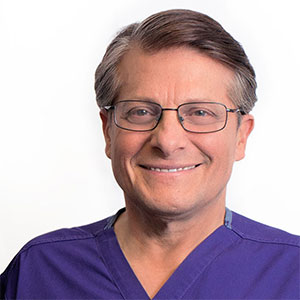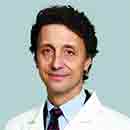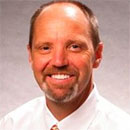On Nutrition: Mechanics of nutrition
Published in Nutrition
I’ve been a nutrition nerd for a long time. In my college years, I’m sure I was a source of irritation with my many questions. One professor in particular got especially annoyed when I continued to drill him to understand not just the “what” of nutrients, but the “how.”
I guess I’m still that way. And over the years, as we’ve learned more and more about how our bodies derive nutrients and other life-enhancing substances from the food we eat, the topic continues to fascinate me.
As we go about life, most of us probably don’t think much about what our bodies do every day with the food we eat. In fact, these bodies of ours depend on many well-designed parts in order to turn our food into the myriad of components that fuel and heal and sustain us.
It starts as soon as we pop something in our mouth. Chewing is not just a nice pastime, it is necessary to break food into smaller pieces. Note: The more you chew, the easier your meal is to digest.
And the saliva that causes our mouths to water over a tasty meal? This fluid contains special enzymes that begin to break down carbohydrates (sugars and starches) — the body’s main source of energy. So digestion starts even before we swallow.
How does food get from our mouth to our stomach? Each bite travels through a long tube called the esophagus. This organ has muscles (really) that contract to push food particles on the right direction.
As food nears the stomach, it arrives at a security gate called the esophageal sphincter that opens just long enough for food to enter. Then it closes so the strong acid from the stomach can’t go where it doesn’t belong. Ever had heartburn after overeating greasy or spicy food? These types of meals can sometimes cause the esophagael spincter to relax so that irritating acids escape into the esophagus.
Once food reaches the stomach, this organ releases acid and enzymes that break proteins and fats into smaller molecules. This mixture then moves to the small intestine where most vitamins and minerals enter the bloodstream. And it’s here where enzymes from the pancreas break down carbohydrates, proteins and fats even further. Interestingly, it’s from the small intestine where most nutrients from our food are absorbed into our blood.
And then there’s the liver—what is often called the central processing unit of the body. Bile—a substance stored in the gallbladder and released into your small intestine when you’ve eaten fat—is made in the liver. And again, it’s the small intestine where bile breaks up large globs of fat into smaller particles that are then shuttled to cells for energy.
Why the physiology lecture? Many diseases of the body can be traced to malfunctions in these digestive disorders. Think about that next time you pop something into your mouth.
©2025 MediaNews Group, Inc. Distributed by Tribune Content Agency, LLC.










Comments